
Ventricular fibrillation is a health condition in which there is uncoordinated contractions of the cardiac muscle of the heart's ventricles. This results in the quivering of the muscles, instead of contracting properly. The heart accordingly immediately loses its ability to function as a pump and supply blood to the vital organs. This very serious health condition requires immediate medical attention. Patients with ventricular fibrillation may collapse and very soon stop breathing and have no pulse at all. The final consequences are often fatal. Ventricular fibrillation is a cause of cardiac arrest and sudden cardiac death. Even if the patient survives, there is a high chance of irreversible brain damage or brain death.
Symptoms of ventricular fibrillation
The most prominent sign of ventricular fibrillation is the loss of consciousness and fainting. Before the ventricular fibrillation occurs, patients may experience other minor symptoms such as chest pain, tachycardia, dizziness, nausea and shortness of the breath. Emergency medical services should be alerted on first signs of ventricular fibrillation.
Causes of ventricular fibrillation
Ventricular fibrillation begins as a rapid heartbeat, also known as tachycardia. The abnormal beating of the hart is caused by abnormal electoral impulses. Often, these abnormal impulses result from disturbances in traveling of the electrical impulses around a scar from a previous heart attack. Most of the ventricular fibrillation cases occur in people with some kind of heart-related problem.
However, causes of abnormal heartbeats may sometimes be more benign. For example, human body may lack on electrolytes, important chemicals needed for heart’s normal function. Electrolytes include bicarbonate, calcium, chloride, magnesium, phosphate, potassium, sodium and sulfate. Body may be deficient on electrolytes due to the poor diet or because they are being lost through heavy perspiration or urination.
Treatment and prevention
The incidence of sudden cardiac death in the United States is approximately 300,000 cases per year. Most of these deaths could be prevented if the patients get immediate medical attention on time. If the patient loses consciousness and faints, one should begin cardiopulmonary resuscitation, to maintain the blood flow to the organs until the electrical shock can be given. This procedure involves hard and fast pushes on patient’s chest, approximately 100 pushes per minute. If the helper is trained in CPR, he or she should check the airway and deliver rescue breaths after every 30 compressions.
Maintaining optimum electrolyte balance, especially in old people, is essential and relatively easy. Chicken soup, for example, is an excellent way to compensate lost electrolytes.



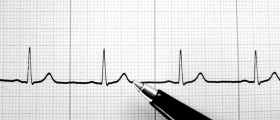
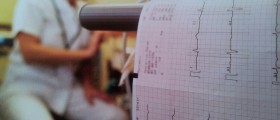
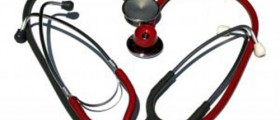







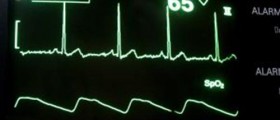
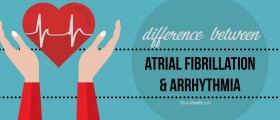

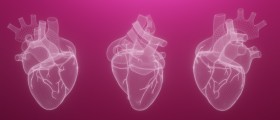
Your thoughts on this
Loading...